Home>Furniture & Design>Kitchen Furniture>How To Organize Pots And Pans In A Lazy Susan
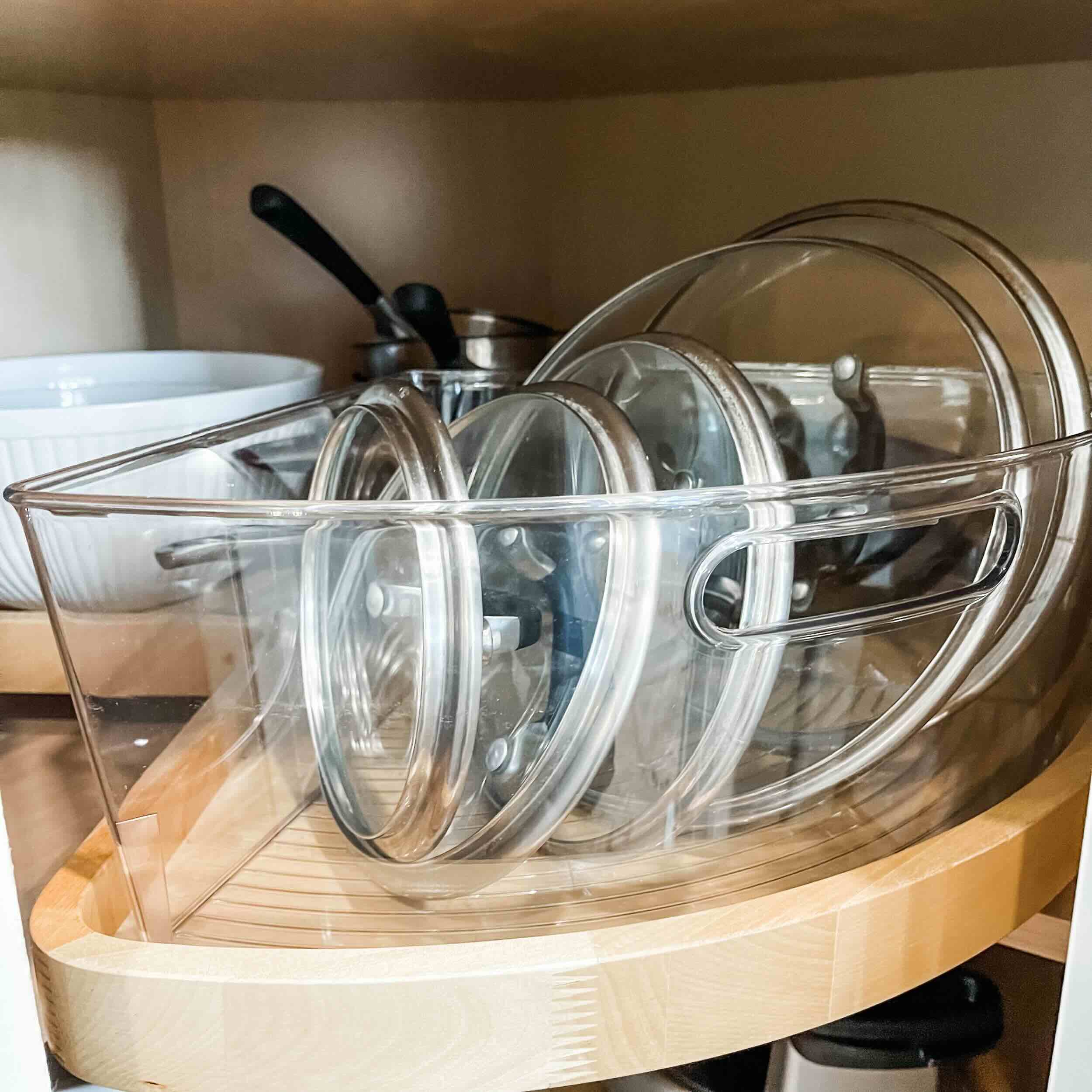

Kitchen Furniture
How To Organize Pots And Pans In A Lazy Susan
Modified: August 17, 2024
Discover clever ways to organize your pots and pans in a Lazy Susan. Maximize space and keep your kitchen furniture tidy with these design tips. Ideal for kitchen-furniture-furniture-and-design enthusiasts!
(Many of the links in this article redirect to a specific reviewed product. Your purchase of these products through affiliate links helps to generate commission for Storables.com, at no extra cost. Learn more)
Introduction
Welcome to the world of kitchen organization! If you've ever struggled with the chaos of pots and pans tumbling out of your cabinets every time you reach for one, then you're in the right place. In this article, we're going to explore the art of organizing pots and pans in a lazy Susan, a simple yet ingenious solution that can transform your kitchen storage experience.
The traditional method of stacking pots and pans on top of each other or cramming them into a crowded cabinet can lead to frustration and even cause damage to these essential kitchen tools. However, with the help of a lazy Susan, you can say goodbye to the hassle of digging through a mountain of cookware to find the right pan for your culinary creations.
In this guide, we'll delve into the benefits of using a lazy Susan for pots and pans, explore how to choose the right lazy Susan for your kitchen, and provide a step-by-step guide to help you effortlessly organize your pots and pans in this versatile storage solution. Additionally, we'll share some valuable tips for maintaining an organized lazy Susan, ensuring that your pots and pans remain easily accessible and in top condition.
By the time you've finished reading, you'll be equipped with the knowledge and inspiration to revolutionize your kitchen storage and streamline your cooking experience. So, let's roll up our sleeves and embark on this journey to discover the wonders of organizing pots and pans in a lazy Susan!
Key Takeaways:
- Say goodbye to cluttered cabinets and damaged cookware! Organize pots and pans in a lazy Susan for easy access, efficient space utilization, and enhanced organization in your kitchen.
- Transform your kitchen storage with a lazy Susan! Enjoy effortless access to pots and pans, prevent damage, and maintain an organized and visually appealing culinary space.
Read also: 12 Amazing Refrigerator Lazy Susan for 2025
Benefits of Using a Lazy Susan for Pots and Pans
When it comes to kitchen organization, a lazy Susan offers a host of advantages, especially when used for storing pots and pans. Here are some of the key benefits:
- Efficient Space Utilization: A lazy Susan maximizes the use of corner cabinet space, which is often underutilized in kitchens. By installing a lazy Susan specifically designed for pots and pans, you can optimize storage capacity and make the most of every inch of your kitchen cabinets.
- Easy Access: With a simple spin, a lazy Susan provides easy access to all your pots and pans. No more rummaging through cluttered cabinets or struggling to reach items at the back of the shelf. The rotating mechanism brings every piece of cookware within reach, saving you time and effort during meal preparation.
- Organization and Visibility: Using a lazy Susan to store pots and pans allows you to neatly arrange and display your cookware. This not only creates a visually appealing storage solution but also makes it easier to see and select the right pot or pan for your cooking needs. Say goodbye to the frustration of mismatched lids and buried pans!
- Prevention of Damage: Stacking pots and pans on top of each other can lead to scratches, dents, and wear over time. A lazy Susan eliminates the need for stacking, reducing the risk of damage to your cookware. Each pot and pan has its designated place, ensuring that they remain in excellent condition for years to come.
- Enhanced Organization: By utilizing a lazy Susan for pots and pans, you can implement a systematic organization system. You can categorize your cookware by size, type, or frequency of use, making it easier to maintain order and find what you need when you need it.
These benefits highlight the transformative impact of incorporating a lazy Susan into your kitchen storage strategy. Not only does it enhance organization and accessibility, but it also contributes to the overall efficiency and enjoyment of your cooking space.
Choosing the Right Lazy Susan for Your Kitchen
When it comes to selecting a lazy Susan for storing pots and pans, several factors should be considered to ensure that it meets your specific needs and complements your kitchen space. Here are some essential considerations to keep in mind:
- Size and Configuration: Measure the dimensions of your cabinet to determine the available space for the lazy Susan. Consider the size and shape of your pots and pans to choose a lazy Susan that can accommodate them comfortably. Additionally, decide whether you prefer a full-circle or half-moon lazy Susan based on the layout of your cabinet.
- Weight Capacity: Pots and pans can be heavy, so it’s crucial to select a lazy Susan with a weight capacity that can support your cookware collection. Look for models specifically designed for pots and pans, as they are typically equipped with sturdy construction and higher weight-bearing capabilities.
- Material and Durability: Opt for a lazy Susan made from durable materials such as wood, metal, or high-quality plastic. Consider the ease of cleaning and maintenance, as well as the overall durability of the lazy Susan to ensure that it can withstand the demands of daily use in a busy kitchen.
- Rotating Mechanism: Evaluate the smoothness and stability of the rotating mechanism. A well-designed lazy Susan should offer effortless rotation without wobbling or jamming, providing seamless access to your pots and pans.
- Adjustable Shelves: Some lazy Susan models feature adjustable or customizable shelves, allowing you to tailor the storage configuration to suit your specific cookware collection. This flexibility can accommodate varying sizes and shapes of pots and pans, optimizing the use of space within the lazy Susan.
- Installation and Accessibility: Consider the ease of installation and accessibility for loading and unloading pots and pans. Look for a lazy Susan that facilitates convenient installation and provides accessibility for individuals of all heights, ensuring that every item is within reach.
By carefully considering these factors, you can select a lazy Susan that seamlessly integrates into your kitchen while providing an efficient and practical storage solution for your pots and pans. Now that you’re equipped with the knowledge to choose the right lazy Susan, it’s time to explore how to organize your pots and pans within this innovative storage solution.
Use adjustable dividers or wire racks to create separate sections for different sized pots and pans in the lazy susan. This will help keep them organized and easily accessible.
Step-by-Step Guide to Organizing Pots and Pans in a Lazy Susan
Organizing your pots and pans in a lazy Susan is a straightforward process that can bring order and accessibility to your kitchen. Follow these simple steps to efficiently arrange your cookware within the lazy Susan:
- Clear Out the Cabinet: Start by removing all pots, pans, and lids from the cabinet where the lazy Susan will be installed. Wipe down the interior of the cabinet to ensure a clean and dust-free surface for the lazy Susan.
- Install the Lazy Susan: If the lazy Susan requires assembly, follow the manufacturer’s instructions to put it together. Once assembled, carefully install the lazy Susan in the designated cabinet, ensuring that it rotates smoothly and securely.
- Arrange Pots and Pans: Begin by placing the largest and heaviest pots and pans on the bottom shelf of the lazy Susan. Nest smaller pots inside larger ones to save space and create a stable arrangement. Utilize the adjustable shelves, if available, to accommodate taller pots or unconventional cookware shapes.
- Organize Lids: Store pot and pan lids upright or lay them flat on the shelves of the lazy Susan. Arrange them in a manner that allows for easy identification and retrieval when needed. Consider using lid organizers or racks to keep them neatly separated and easily accessible.
- Categorize by Use: Group similar pots and pans together based on their function or frequency of use. For example, designate a section for saucepans, another for skillets, and a separate area for specialty cookware. This categorization can streamline your cooking process and make it effortless to locate the right cookware for specific recipes.
- Utilize Vertical Space: If your lazy Susan features a center pole, take advantage of the vertical space by hanging lightweight items such as kitchen towels or small pots using S-hooks. This maximizes the storage capacity and keeps frequently used items easily accessible.
- Test the Rotation: After arranging your pots and pans, give the lazy Susan a spin to ensure that it rotates smoothly without any obstructions. Make any necessary adjustments to the arrangement to optimize accessibility and minimize potential collisions between cookware items.
Following these steps will help you create a well-organized and efficient storage system for your pots and pans within the lazy Susan. With your cookware neatly arranged and easily accessible, you can streamline your cooking routines and enjoy a clutter-free kitchen environment.
Tips for Maintaining an Organized Lazy Susan for Pots and Pans
Once you’ve successfully organized your pots and pans in a lazy Susan, it’s essential to maintain the system to ensure long-term functionality and convenience. Here are some valuable tips for preserving the organization of your lazy Susan:
- Regular Inventory Check: Periodically assess the contents of your lazy Susan to identify any cookware that is no longer used or needed. Removing unnecessary items can free up space and prevent overcrowding, making it easier to access the pots and pans you use most frequently.
- Wipe Down Shelves: Take the time to wipe down the shelves of the lazy Susan to remove any spills, crumbs, or residue that may accumulate over time. Keeping the shelves clean ensures that your pots and pans remain in pristine condition and prevents the transfer of debris onto your cookware.
- Adjust as Needed: As your cookware collection evolves or your cooking habits change, be open to adjusting the organization of your pots and pans within the lazy Susan. Consider rearranging items to better suit your current needs and optimize the use of space within the storage solution.
- Utilize Storage Accessories: Explore the use of storage accessories such as dividers, shelf liners, or stackable racks to further enhance the organization of your pots and pans within the lazy Susan. These accessories can help prevent items from shifting during rotation and provide additional support for lids and smaller cookware pieces.
- Labeling Systems: Consider implementing a labeling system to clearly identify the contents of each section within the lazy Susan. Labeling can streamline the process of locating specific pots, pans, and lids, especially if you have a diverse cookware collection or frequently used items.
- Maintain Rotation Smoothness: Regularly check the rotating mechanism of the lazy Susan to ensure that it continues to operate smoothly. Lubricate any moving parts as needed and address any issues with rotation to preserve the effortless accessibility of your pots and pans.
- Consistent Maintenance: Incorporate the maintenance of your lazy Susan into your regular cleaning and organization routines. By consistently caring for this storage solution, you can uphold its functionality and enjoy the benefits of a well-organized kitchen space.
By implementing these tips, you can uphold the organization and accessibility of your pots and pans within the lazy Susan, creating a harmonious and efficient storage system that enhances your overall kitchen experience.
Read more: What To Put In A Lazy Susan Cabinet
Conclusion
Congratulations on embarking on the journey to transform your kitchen organization with the innovative use of a lazy Susan for pots and pans. By harnessing the benefits of this rotating storage solution, you’ve unlocked a world of efficiency, accessibility, and visual appeal within your culinary space.
Through the careful selection of a suitable lazy Susan, the strategic arrangement of your pots and pans, and the implementation of maintenance practices, you’ve established a well-organized system that streamlines your cooking routines and preserves the condition of your cookware.
As you revel in the seamless access to your pots, pans, and lids, take pride in the visual harmony and practicality that your newly organized lazy Susan brings to your kitchen. The efficient utilization of space, the prevention of damage to your cookware, and the enhanced visibility of your culinary tools are all testament to the transformative power of this storage solution.
With your pots and pans neatly nestled within the lazy Susan, you can approach your culinary endeavors with renewed ease and inspiration. Say goodbye to the frustration of cluttered cabinets and the challenge of locating the right cookware. Instead, embrace the convenience and joy of effortlessly accessing the tools you need to create delicious meals.
As you continue to savor the benefits of your organized pots and pans, remember to periodically reassess and adjust the arrangement to accommodate any changes in your cookware collection or cooking habits. By maintaining the integrity of your lazy Susan, you can perpetuate the efficiency and order that have become integral to your kitchen environment.
Thank you for joining us on this exploration of organizing pots and pans in a lazy Susan. May your culinary adventures be enriched by the harmony and functionality of your well-organized kitchen space!
Frequently Asked Questions about How To Organize Pots And Pans In A Lazy Susan
Was this page helpful?
At Storables.com, we guarantee accurate and reliable information. Our content, validated by Expert Board Contributors, is crafted following stringent Editorial Policies. We're committed to providing you with well-researched, expert-backed insights for all your informational needs.
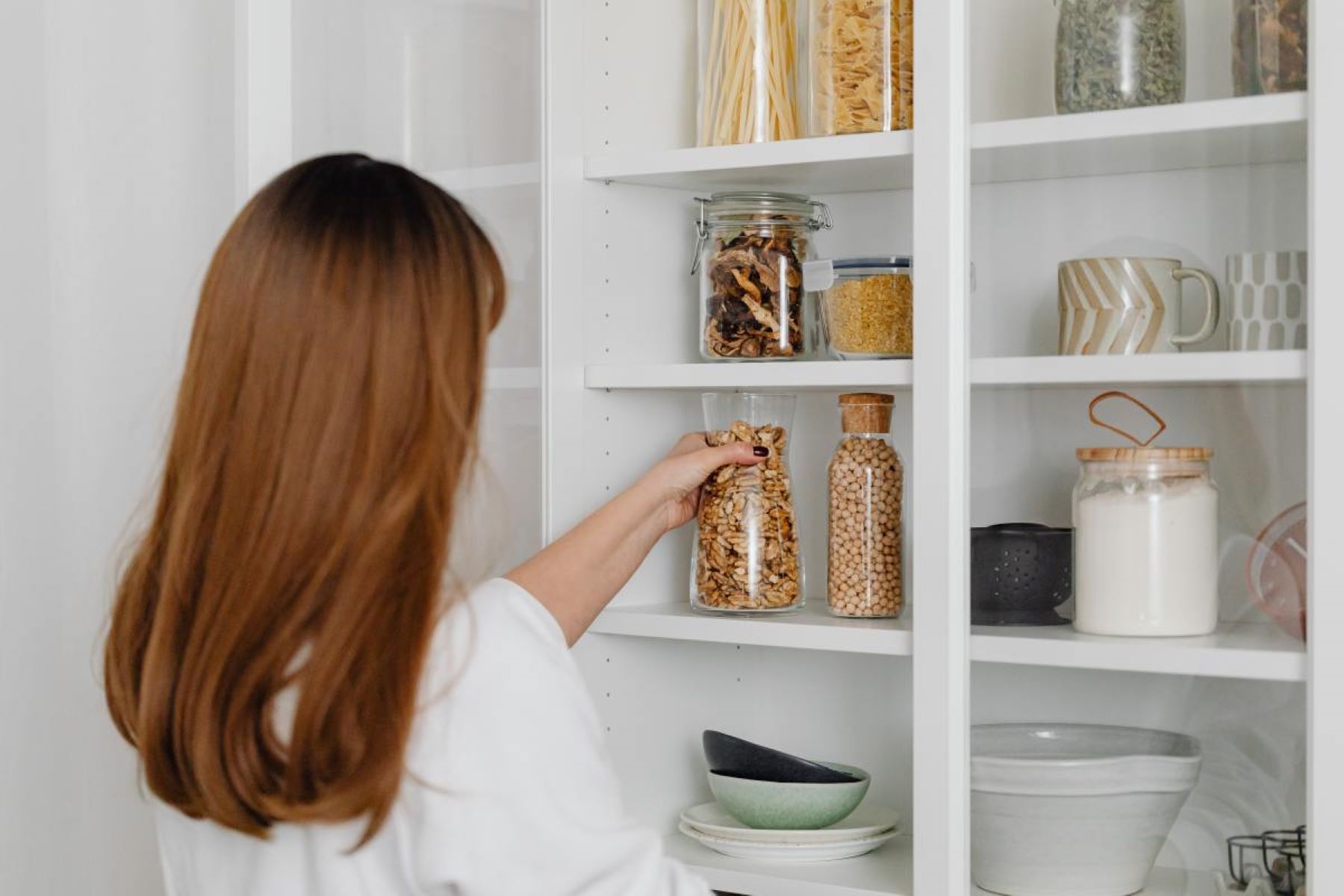
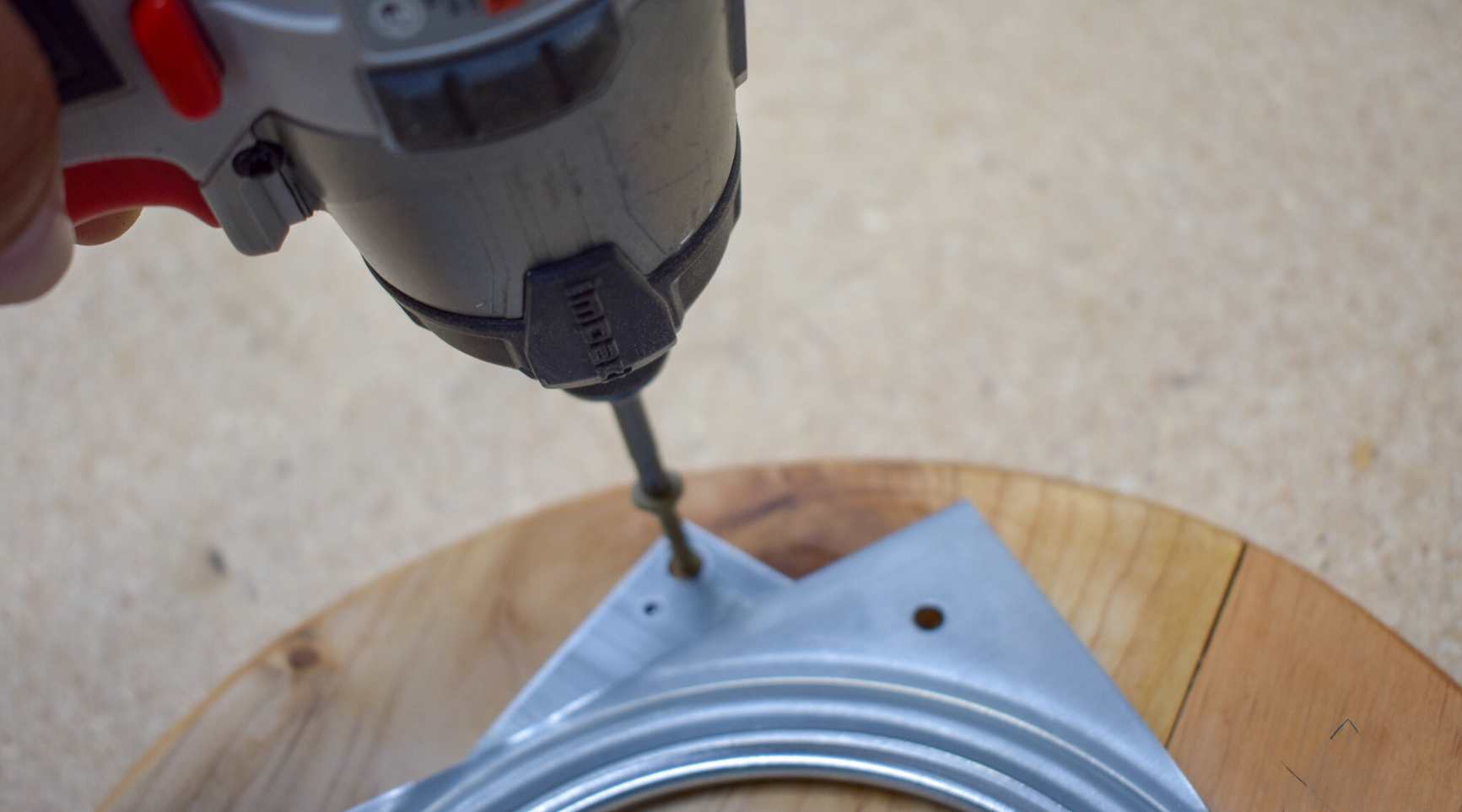
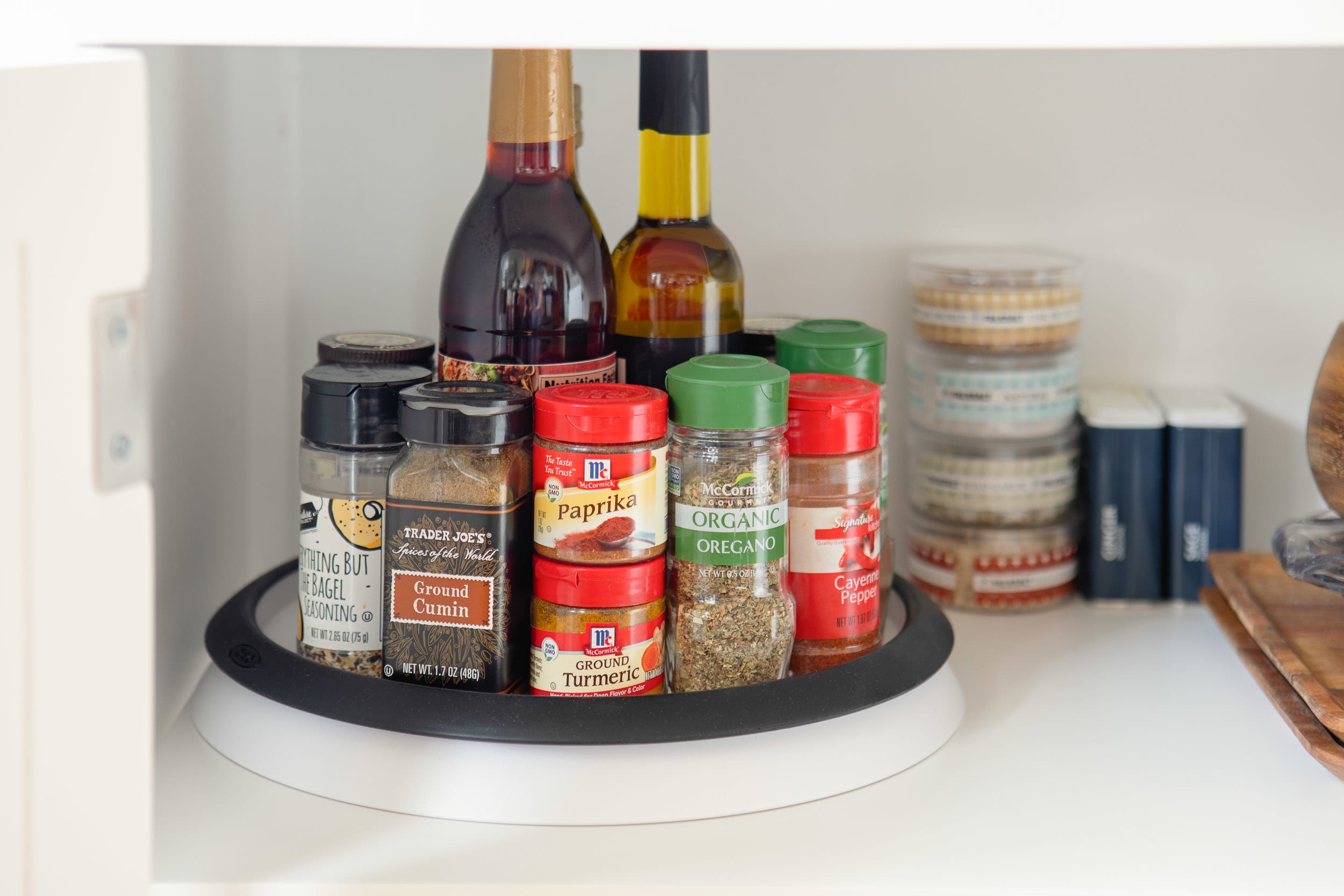
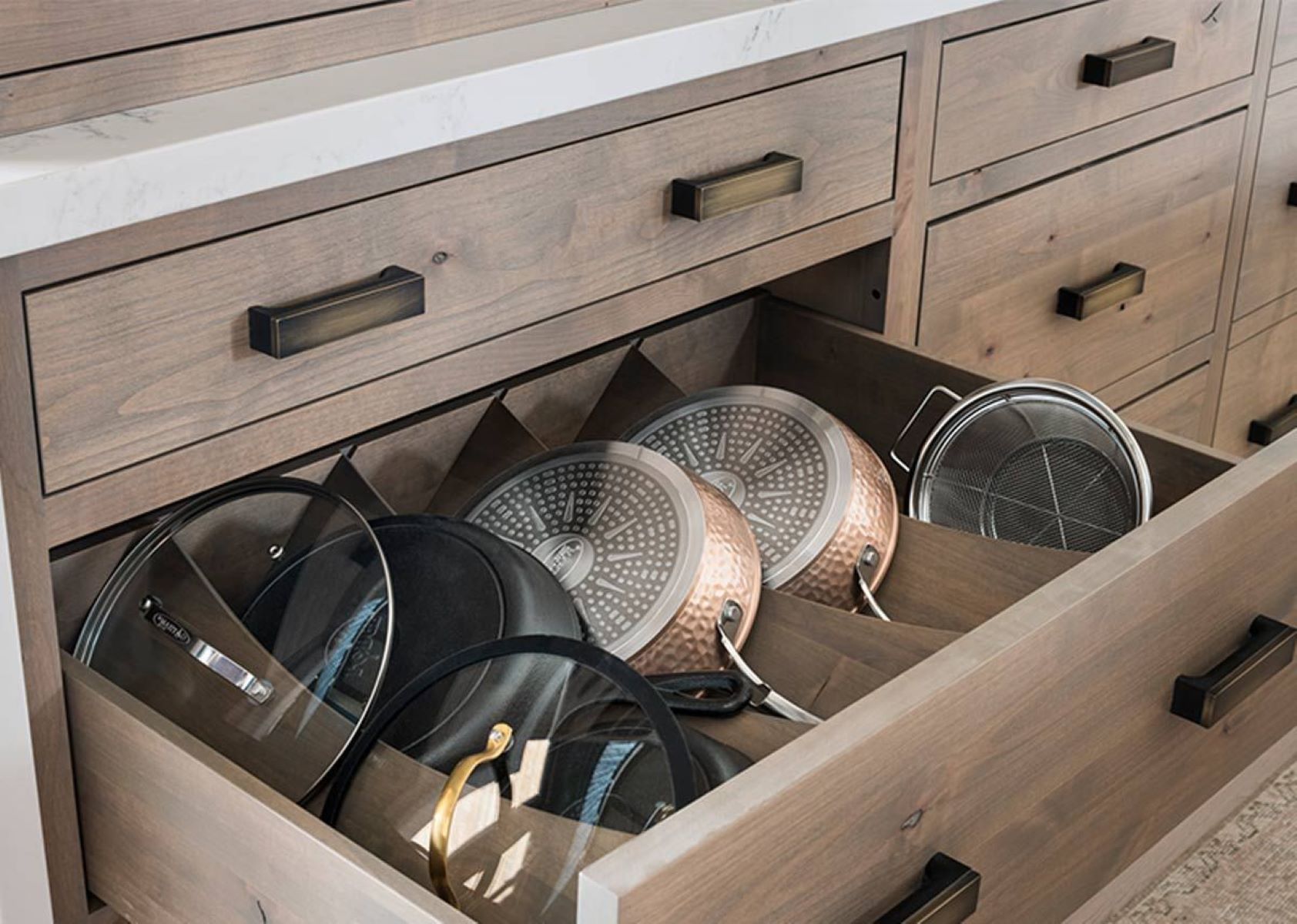
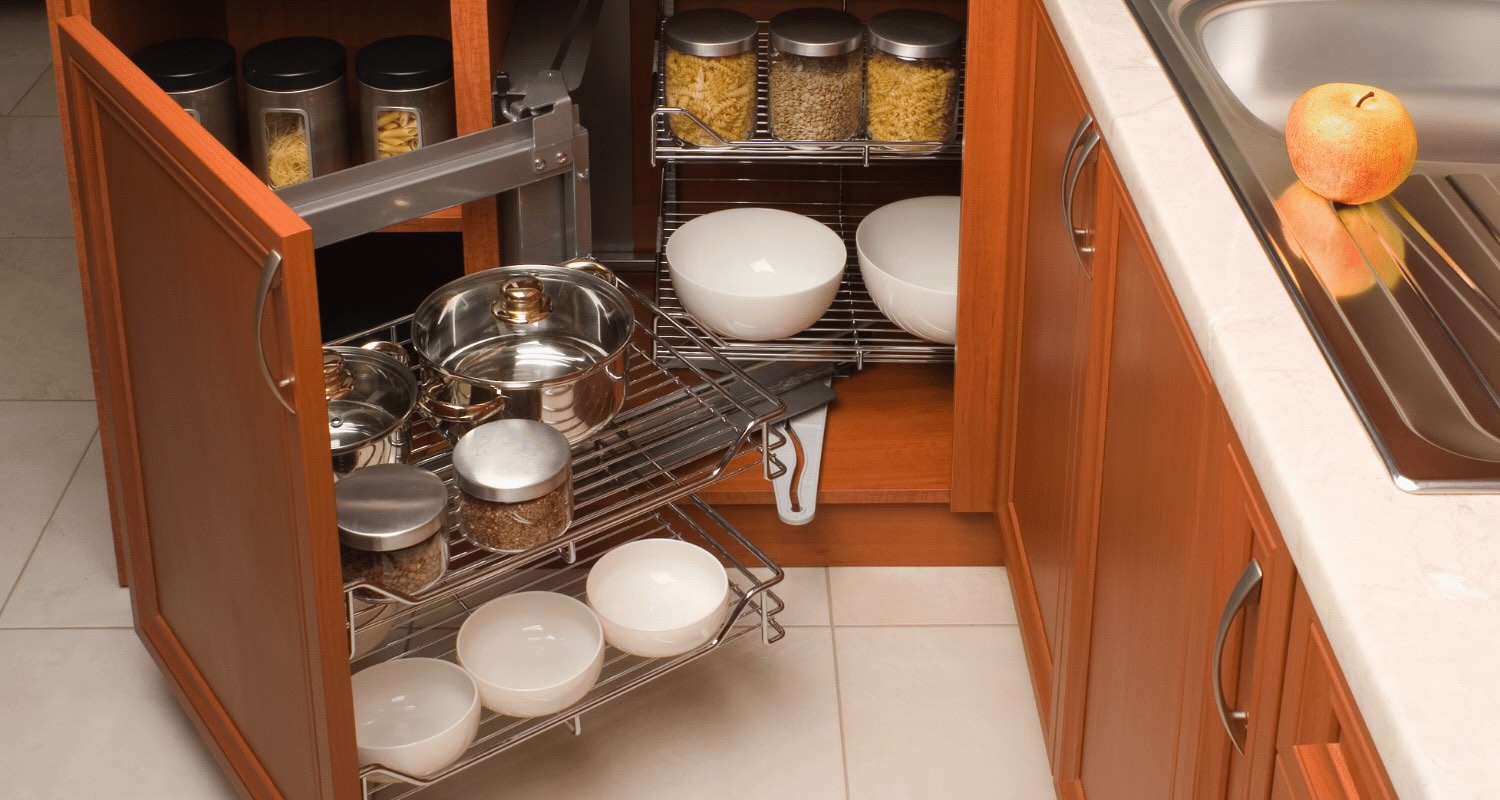
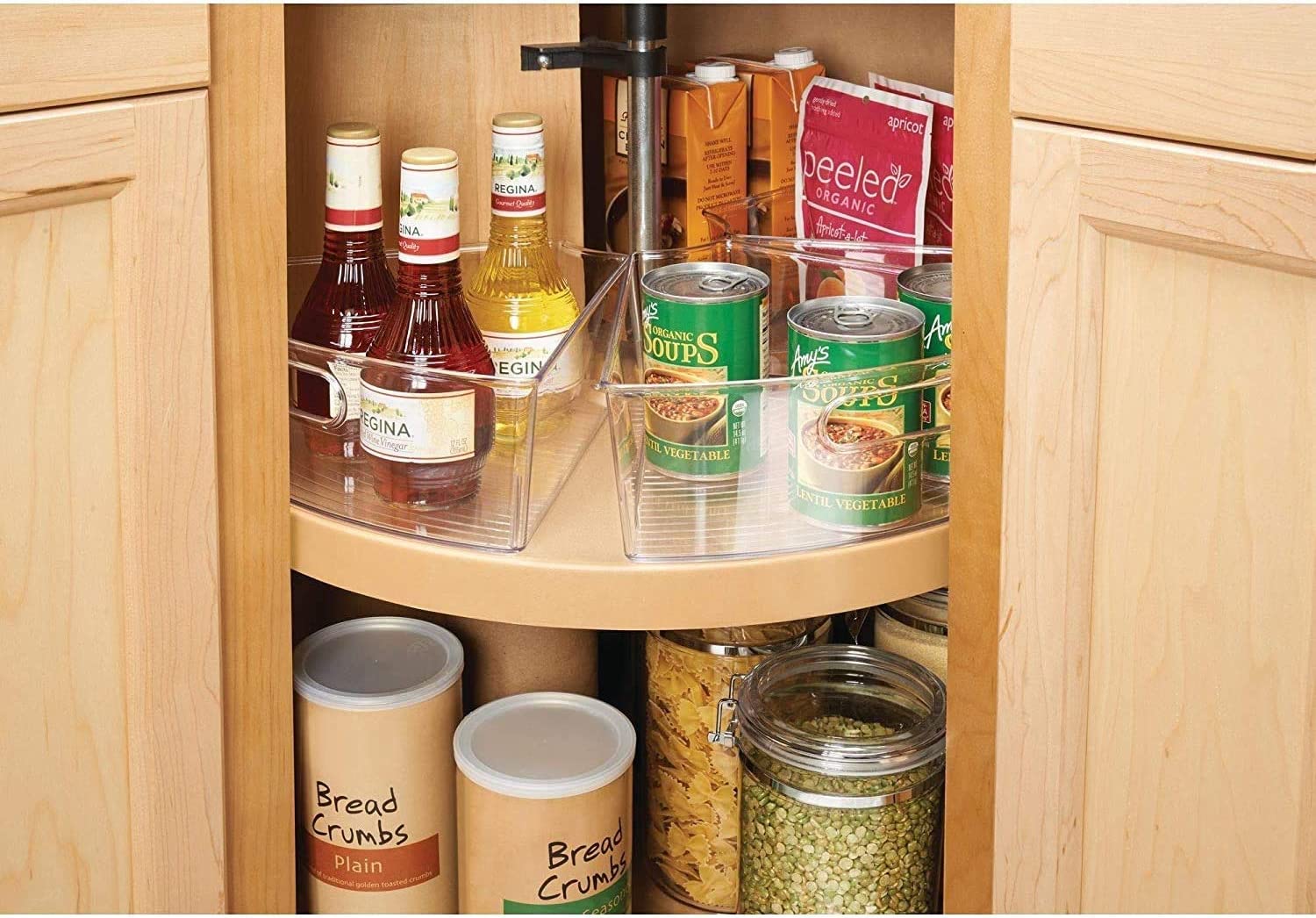
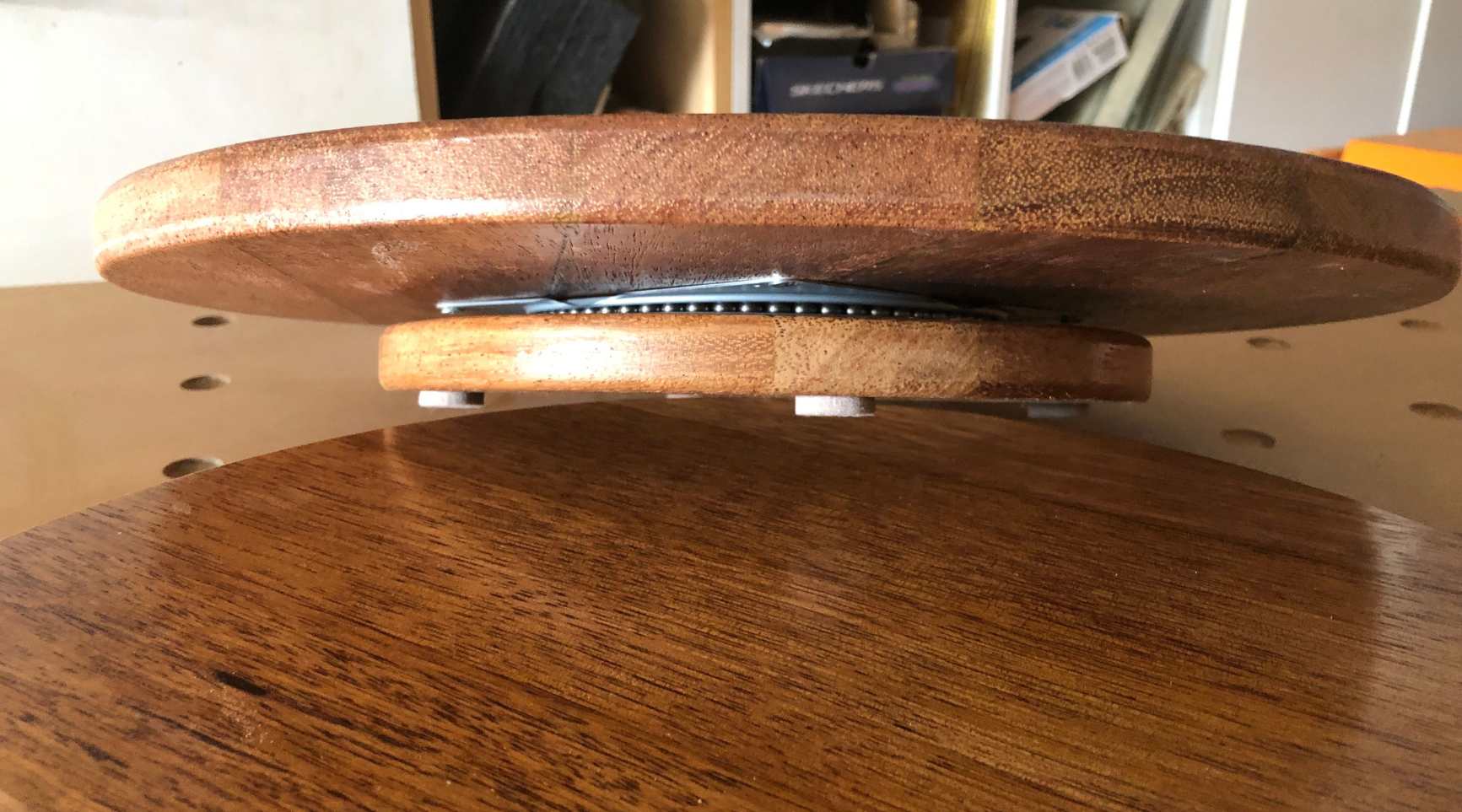
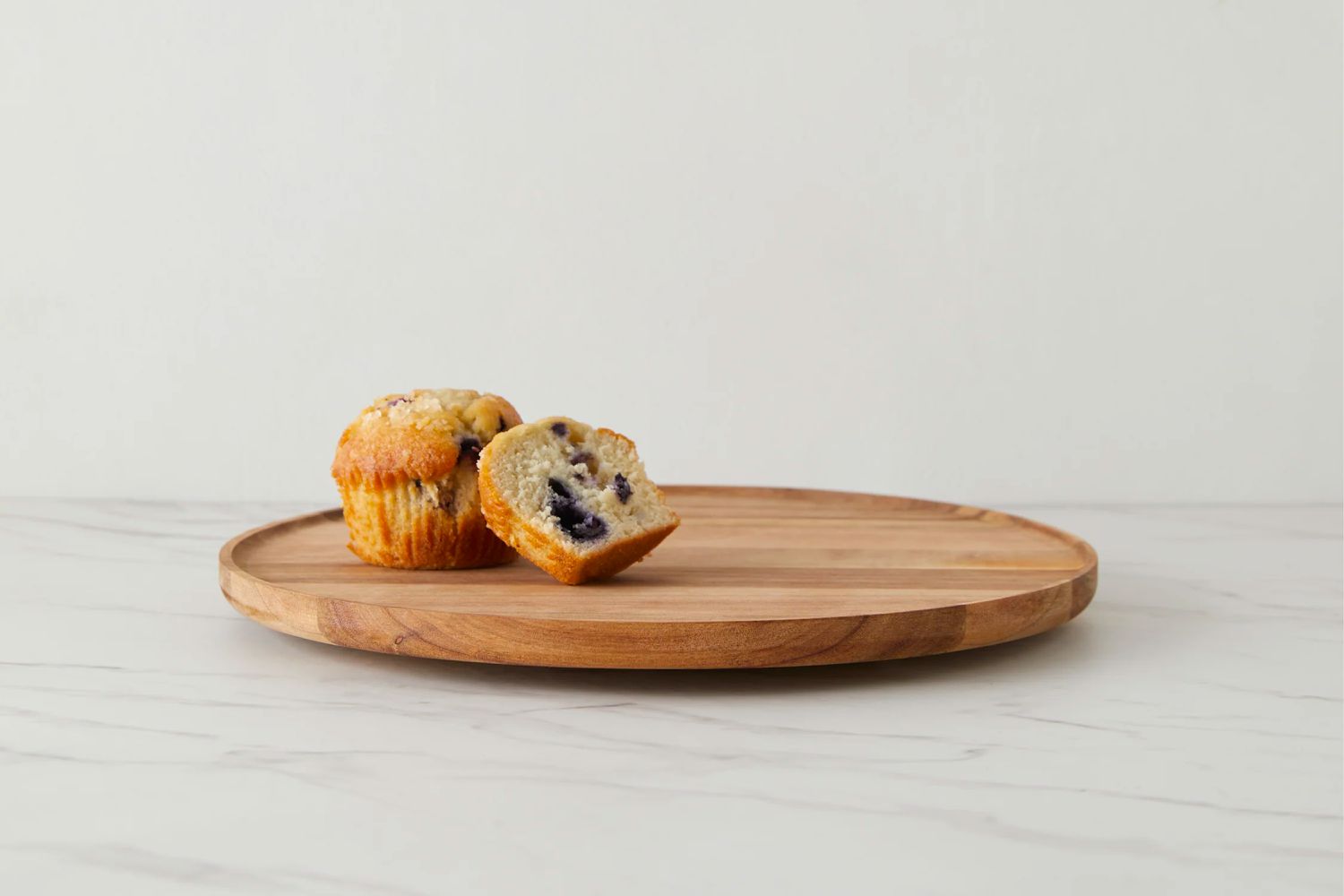
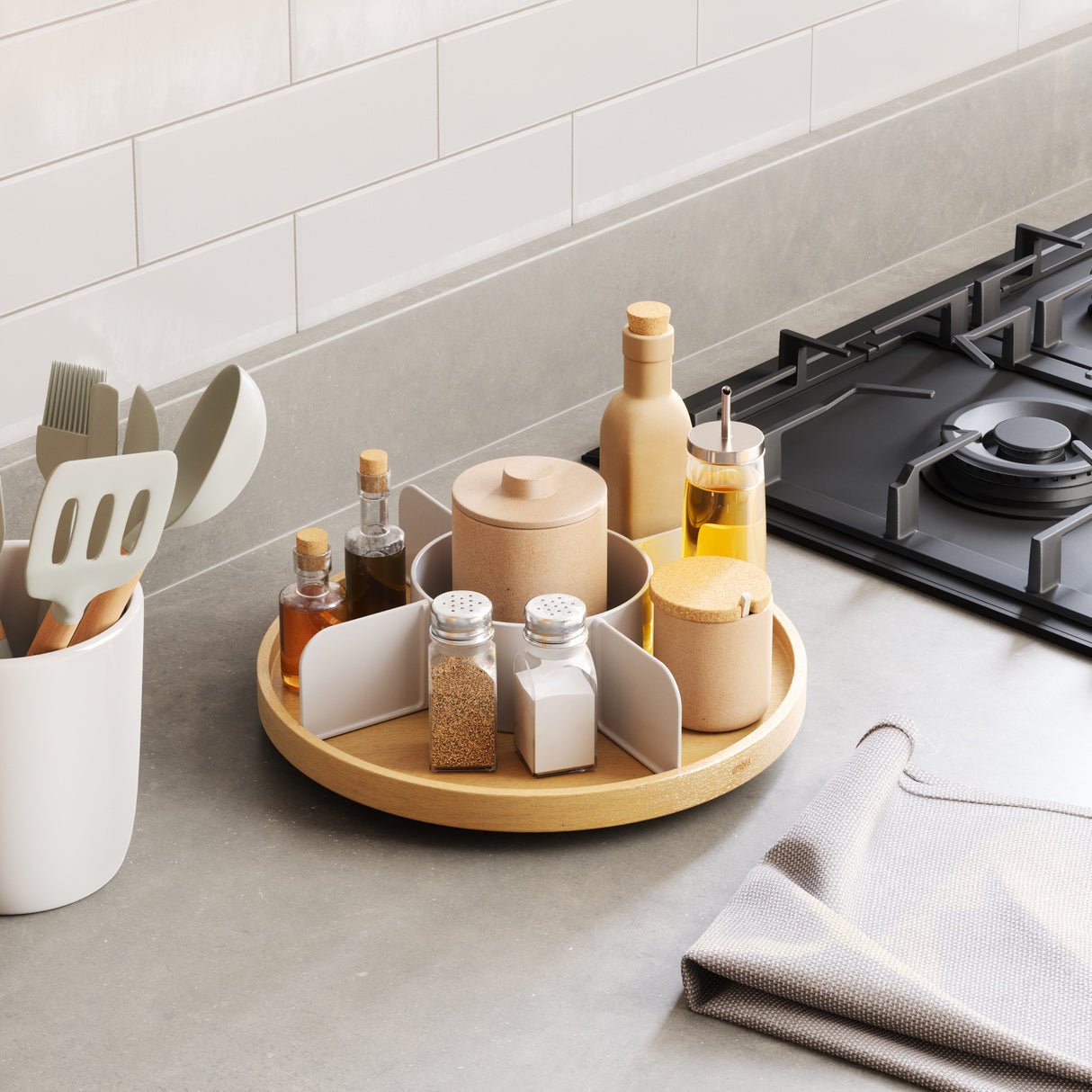

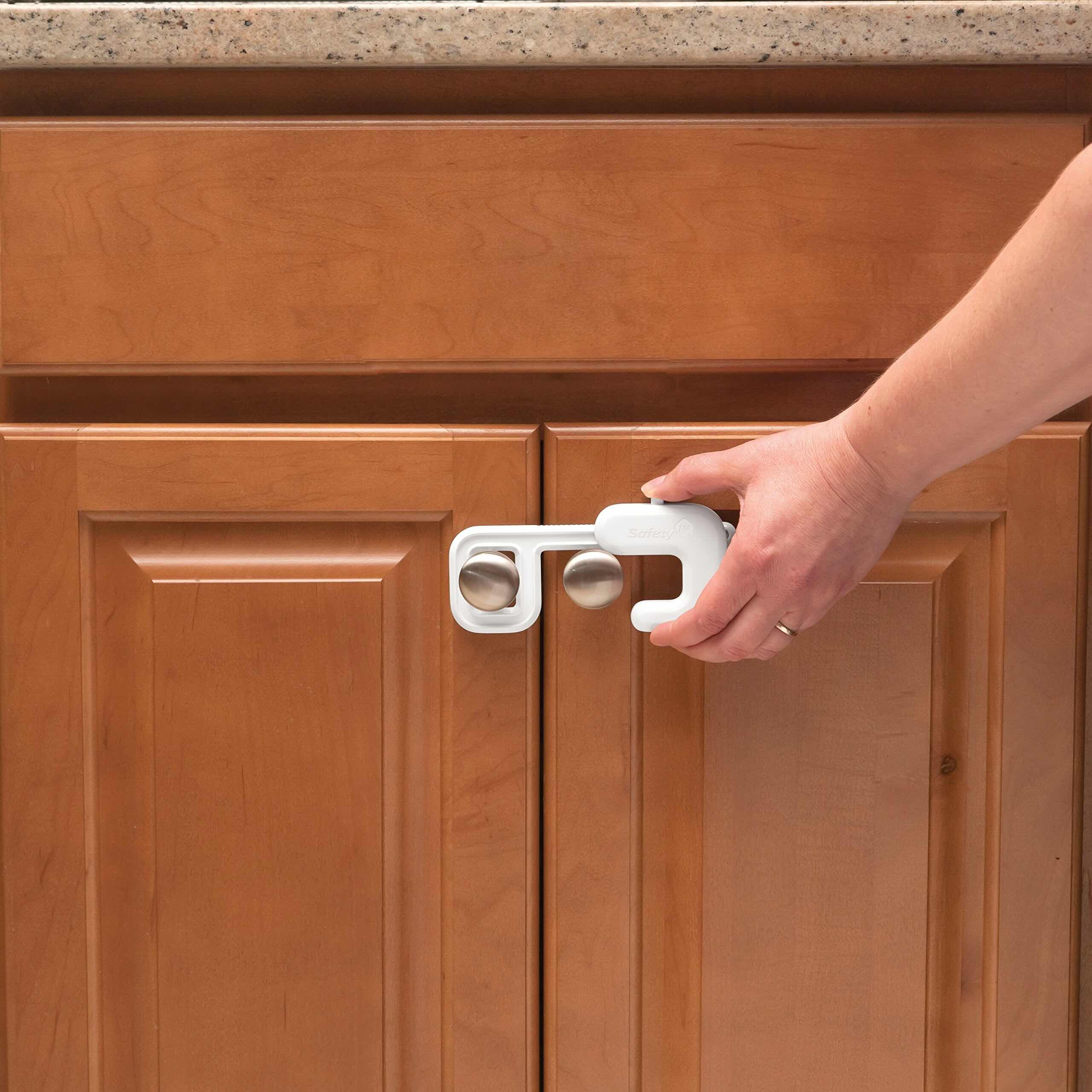
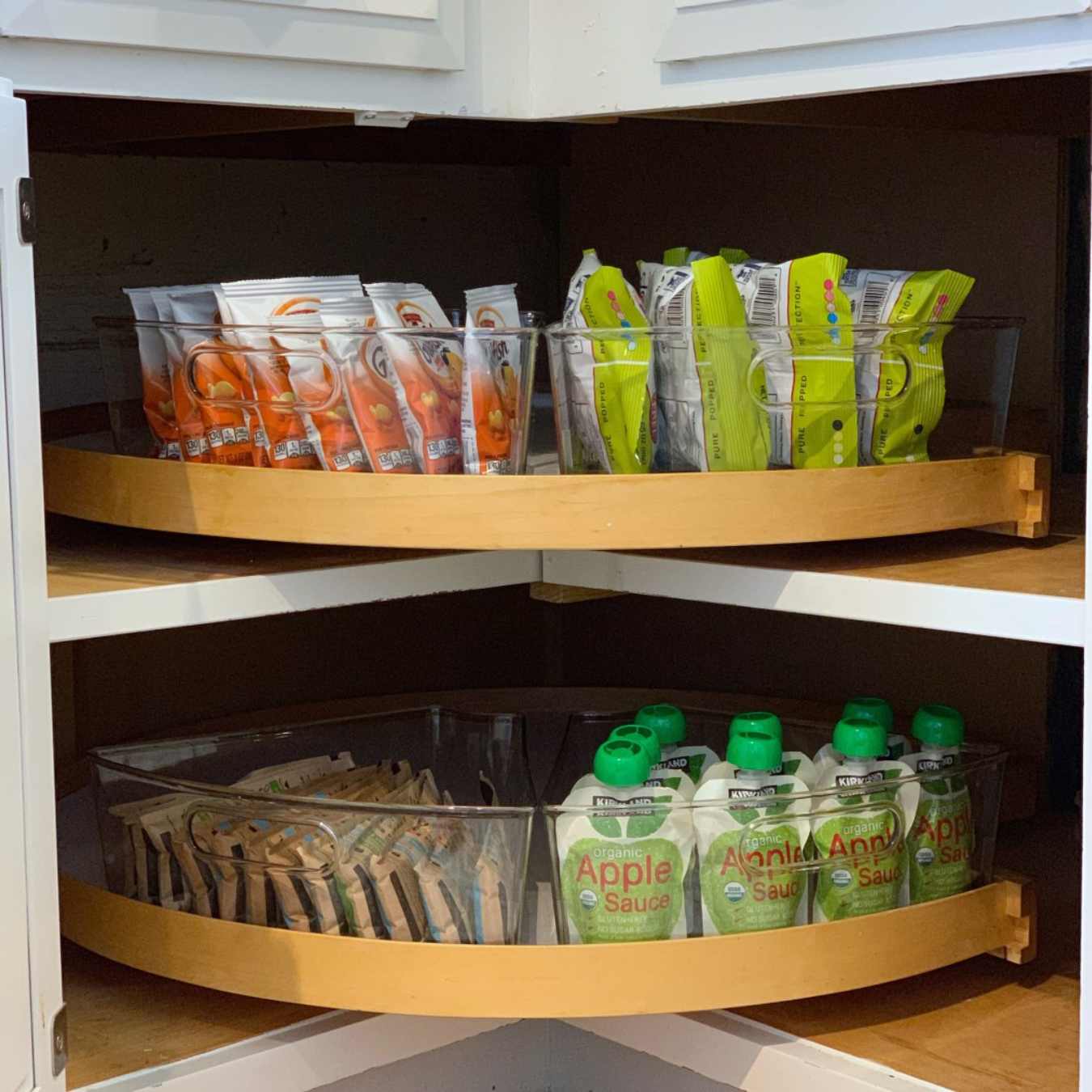
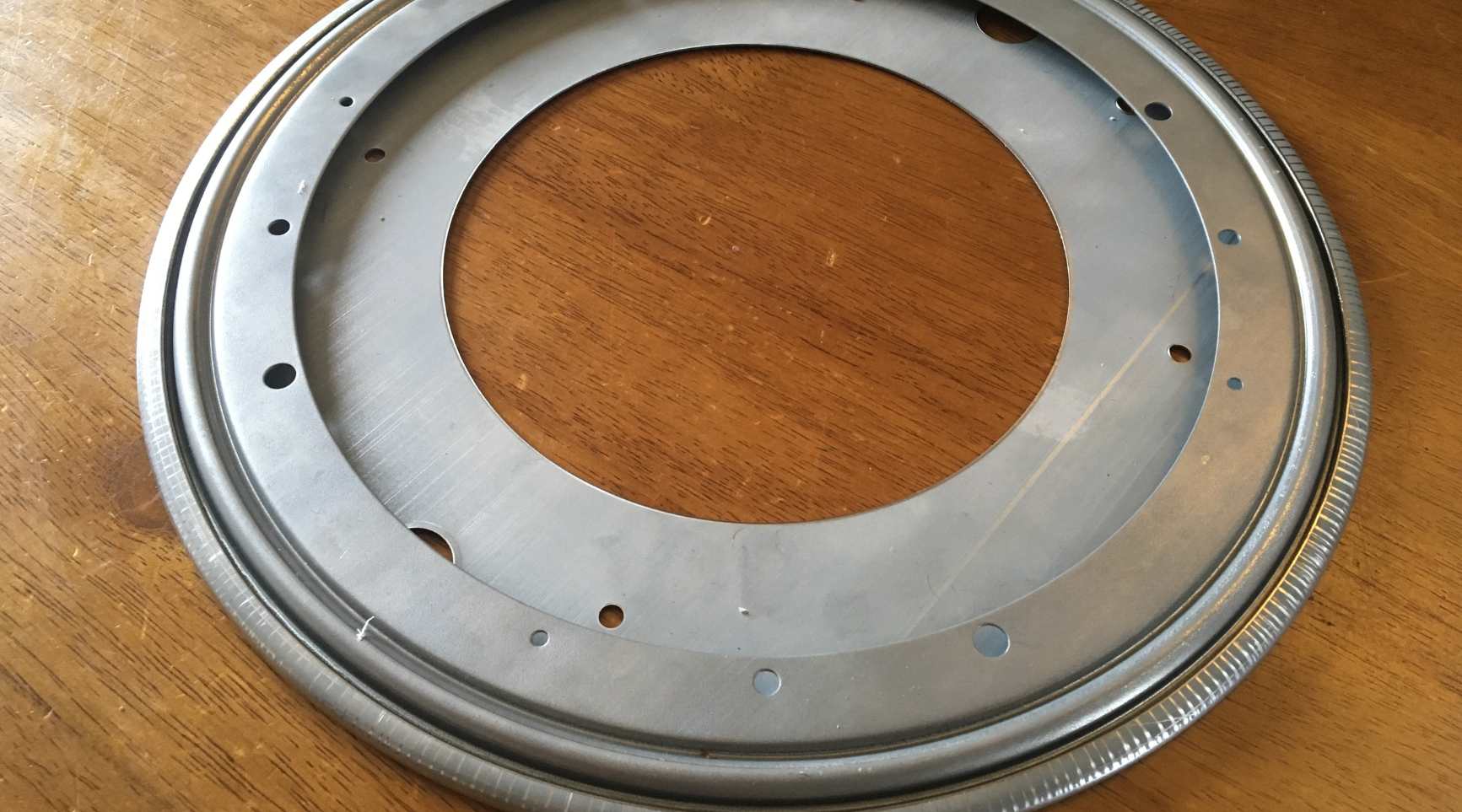
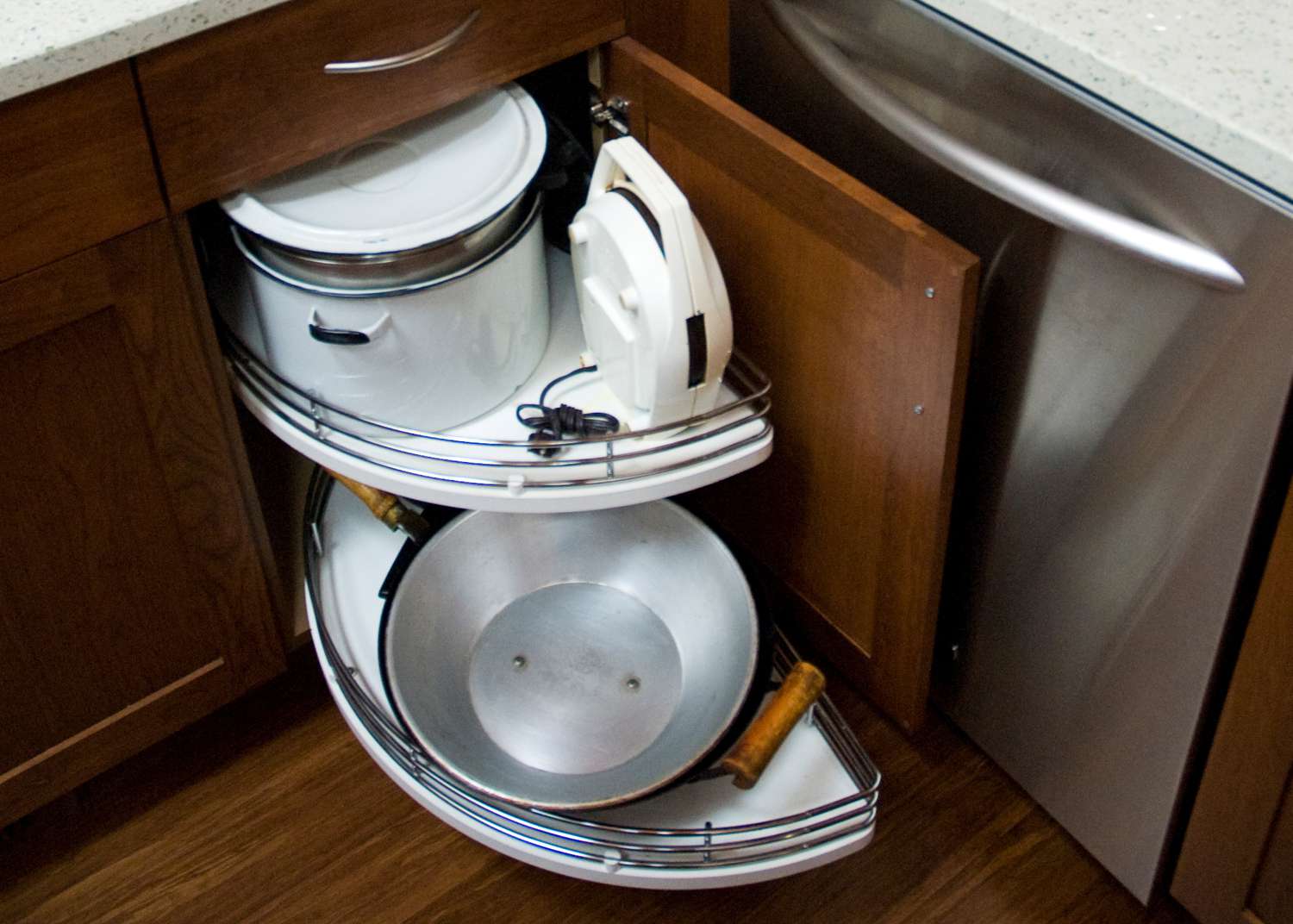

0 thoughts on “How To Organize Pots And Pans In A Lazy Susan”